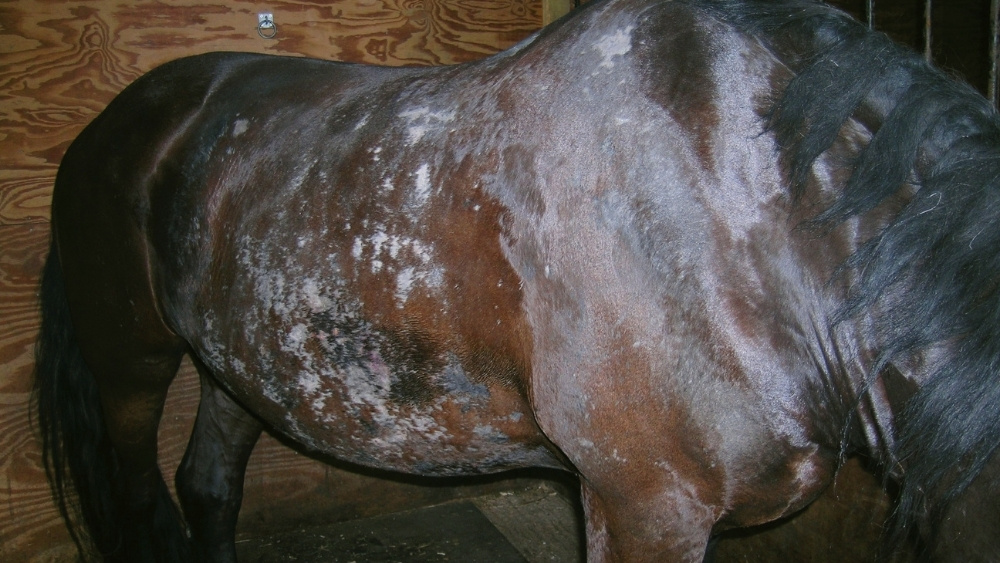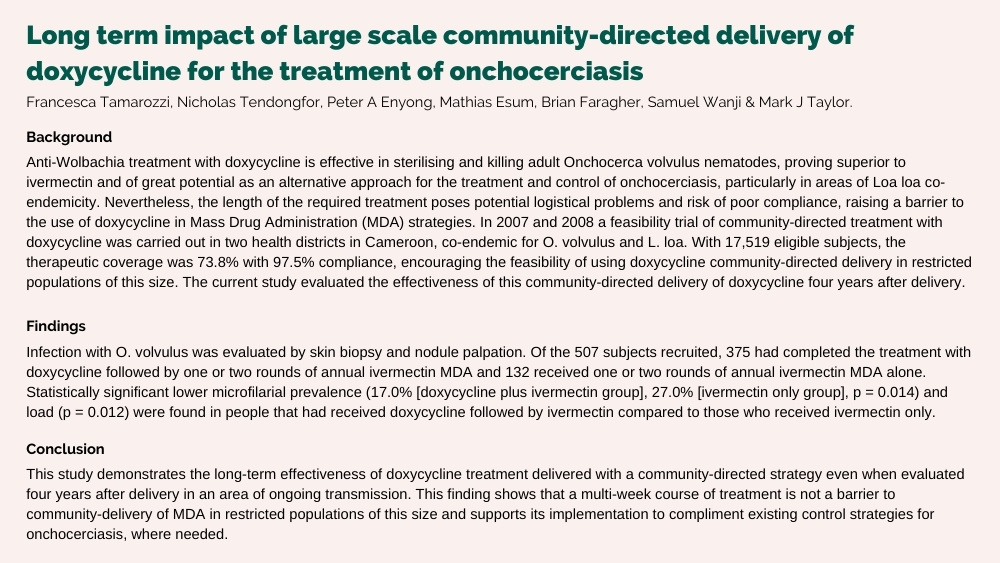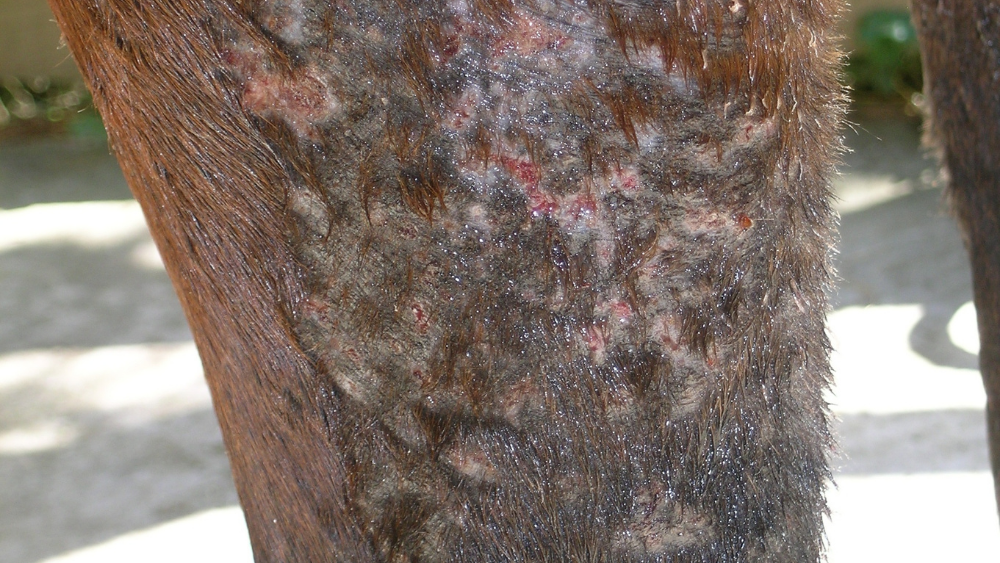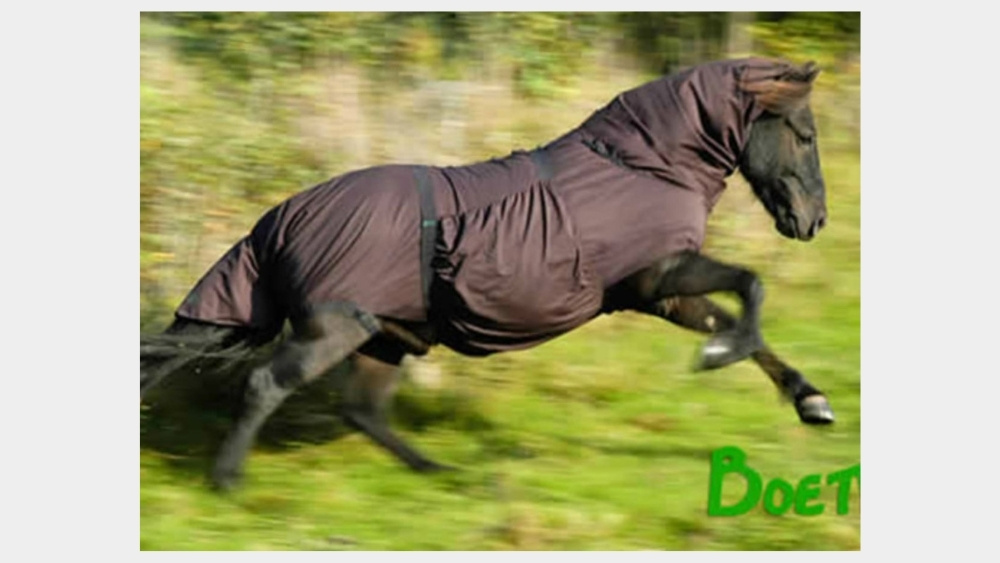- The Horse Liver - January 6, 2022
- Nutritional Support of Horse Muscles - January 4, 2022
- Sweet Itch in Horses - December 15, 2021
Sweet itch in horses is the common name given to an allergic skin reaction to the bite of the Culicoides fly, aka biting midges. Other names are Queensland Itch, summer eczema and equine insect bite hypersensitivity.
What Happens to a Horse with Sweet Itch?
Sweet itch commonly involves the midline of the belly, tail base and rump, or the neck and other body areas may be involved but less frequently.
The reaction to the bites causes intense itching that makes the horse literally rub the area raw in spots they can manage to rub, but the midline of the belly also often becomes swollen, oozing and crusted because of the allergic reaction. Involved areas also have hair loss.
With lesions involving the belly, or belly plus neck and shoulders, Onchocerciasis may also be a complicating problem.
Parasites can cause skin irritation
Onchocerca is a long, thread-like parasite that lives as an adult in the nuchal ligament, the broad thick ligament running between the poll and the withers.
The adults release immature forms called microfilaria, which travel under the skin to the tissues along the midline of the belly. Their presence there causes irritation and eventual skin breakdown which attracts flies and Culicoides midges.
The midges feeding on these tissues pick up the microfilaria and can transmit them to the next horse they bite. Reactions to the bites of Culicoides infected with Onchocerca may be more intense than normal due to the injected microfilaria. Secondary infections may develop too.
To detect the microfilaria, a tissue sample can be taken, macerated, mixed with saline, and the larvae allowed to concentrate then the fluid is inspected with a microscope. However, this is very time-consuming and rarely done.
A definitive diagnosis of Culicoides allergy can be made by intradermal skin allergy testing but is complicated by false positives in normal horses as well. A definite diagnosis can only be made by testing for IgE antibodies in the blood of symptomatic horses.
All exposed horses will show IgG antibodies, but only allergic ones have IgE antibodies to Culicoides. However, since the midge is involved in both Onchocerca and Culicoides allergy reactions, testing for the microfilaria is tedious. The usual approach is to treat both problems when the horse has a midline reaction.

How to treat my Sweet Itch Horse?
Adult Onchocerca cannot be treated with deworming drugs because they do not reach an adequate concentration in the ligament. However, the microfilaria is very sensitive to ivermectin and this is the treatment of choice for killing them. A standard deworming dose is effective.
Swelling and temporary worsening of the symptoms are commonly seen within 4 to 24 hours of treatment but the healing of lesions that are not complicated by hypersensitivity to Culicoides will occur within 7 days.
Treatment will need to be repeated at 3 to 8-week intervals during the warm months to keep the skin clear of microfilaria.
A recent discovery in the world of Onchocerca research is that adults must possess internal populations of a bacterium called Wolbachia to produce microfilaria. Treatment with antibiotics such as doxycycline has been very successful:

This hasn’t been studied in equine Onchocerca as yet but has been found to work for cattle and it’s definitely worth a try.
Attempts to desensitise horses with Culicoides allergy by the usual methods of injecting small amounts (whole midges were used) have not been successful.
Imported Icelandics who develop the problem because they were never exposed to the bites early in life will sometimes improve over time as their immune system shifts to an IgG reaction from IgE.
Otherwise, treatment involves effective repellants/barriers, local skin treatment, and controlling the allergic reaction.
Chondroitin sulfate, which has been shown to block histamine release, is the most successful supplement. Dosage is 2500 to 5000 mg twice daily for the average size horse. Spirulina platensis (but not other algae) also blocks histamine release and has been shown to shift the immune system away from allergic type reactions. Dose is 20 grams twice daily. Flaxseed (micronised linseed) meal has also been documented to reduce midline dermatitis reactions at a dose of 450 grams per day.

Do Fly Sprays Work with Sweet Itch?
Regular fly sprays do not work in repelling Culicoides midges. More effective are highly aromatic herbs like mints, wormwood, citronella, chickweed and eucalyptus.
Because the midges are so small, physical skin barriers also work. These include vaseline and heavy creams/salves. The only drawback is they need to be applied regularly enough to maintain the barrier. If you do this, they can work very well.
Because there are no effective chemicals, herbal repellants are more than just an alternative approach – they are preferred.
When choosing a formulation, in addition to the repellant herbs listed above, also look for ingredients that soothe the skin, have an antihistamine effect and help to heal. These include aloe vera, calendula, comfrey, yarrow and mullein.
As mentioned, avoiding exposure is definitely the cornerstone of control. There are also some measures you can take to help control the reaction from the inside out.
There are some common deficiencies of minerals/vitamins that will exacerbate inflammatory and allergic reactions. These include magnesium, zinc and copper, as well as selenium and vitamin E. Look for a ‘forage focussed’ supplement with no iron and manganese, with 8-14 grams of magnesium, 400 mg of copper and 1200 mg of zinc per serving.
How to feed your Sweet Itch Horse
Research has documented that sweet itch in horses can be supported by feeding high levels of omega-3 fatty acids which can reduce the reaction to the midges. Flax (micronised linseed) 450 grams per day is the goal.
There are also some common deficiencies of minerals/vitamins that will exacerbate inflammatory and allergic reactions. These include magnesium, zinc and copper, as well as selenium and vitamin E.
Look for a ‘forage focussed’ supplement with no iron and manganese, with 8-14 grams of magnesium, 400 mg of copper and 1200 mg of zinc per serving.
The ideal topical for the skin will both help to heal and keep the Culicoides midge away. This small fly is not efficiently repelled by the usual fly spray ingredients but is repelled by camphor, eucalyptus, clove and other natural oils (less so by tea tree oil).
Sweet Itch Blankets and Rugs
Blankets and rugs are available made with materials that prevent the midges from biting but do not overheat the horse. They cover the body, neck, tail and flap across the belly.
They are effective but can’t 100% prevent all bites. Specially designed blankets, like the Boett, provide relief from Culicoides bites. The Boett is pricey but works quite well.

Horse Supplements to Help Sweet Itch
Supplements can help control the reactions to Culicoides bites and Onchocerca larvae. Chondroitin sulfate, which has been shown to block histamine release, is the most often successful. Dosage is 2500 to 5000 mg twice daily per 220kg of bodyweight.
Spirulina platensis (but not other algae) also blocks histamine release and has been shown to shift the immune system away from allergic-type reactions. The dose is 20 grams twice daily.
Flaxseed (micronised linseed) meal has also been documented to reduce midline dermatitis reactions at a dose of 450 grams per day.
Interventions work best when started in advance of insect season. Last but far from least, it’s very important to keep baseline nutrition optimal in a horse fighting this kind of stress. Magnesium, vitamin E and trace mineral balance are particularly important.
Balancing minerals to forage so that optimum supplementation is achieved is a powerful approach.
Last Updated on April 13, 2022 by Forageplus Team


